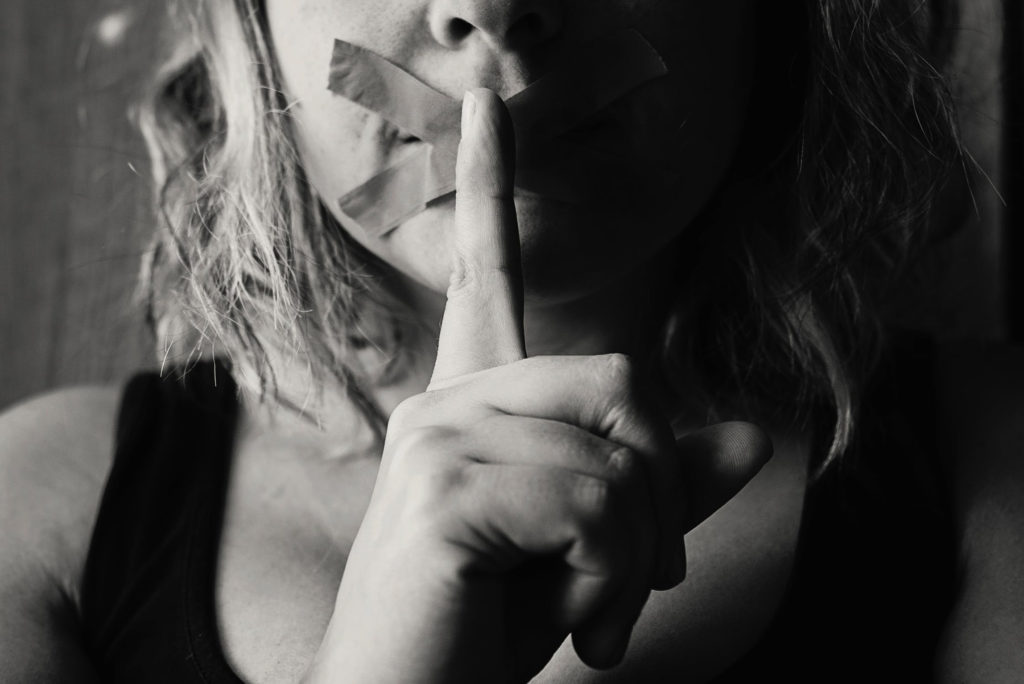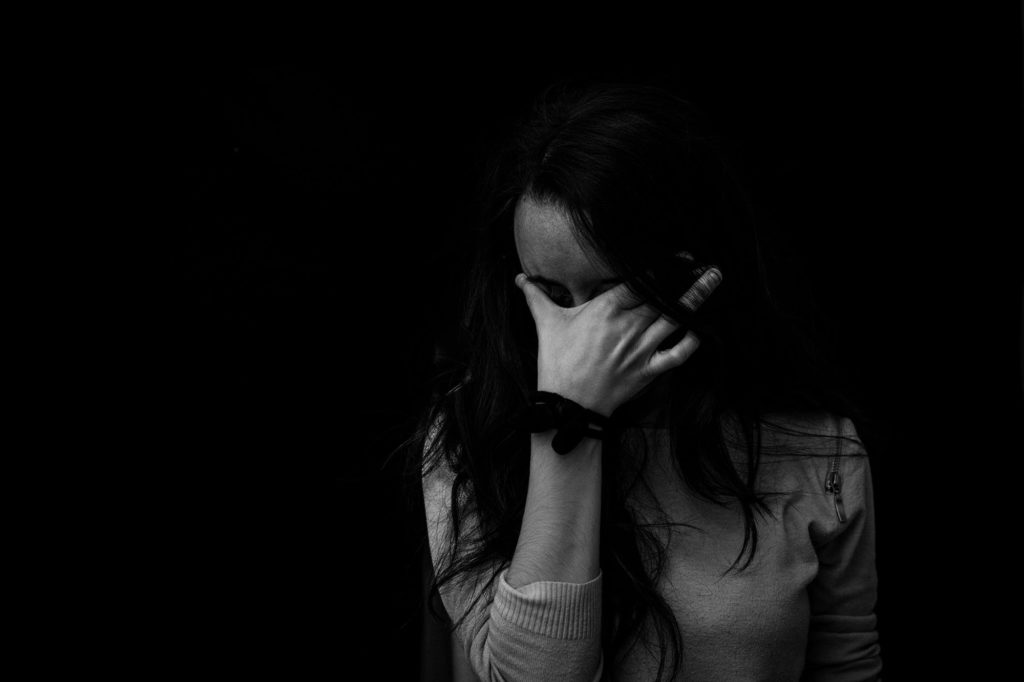ALYSSA BUMP
Staff Writer
This April marks the 19th annual Sexual Assault Awareness Month, but how does raising awareness work?
According to the United Nations, “Awareness-raising can be an important part of developing community support for changes in the informal justice sector; it has been shown to change knowledge and attitudes.”
Sexual Assault Awareness Month, also known as SAAM, aims to raise awareness through social media, protests, events and expanding audiences.

Even though right now our world has become a bit chaotic due to COVID-19, there is still action people can take to spread awareness.
Social media is a great tool for this.
On April 7, people across the globe shared selfies wearing teal. Teal is the color that represents sexual assault awareness and protection.
In these posts, people used the hashtags #SAAM and #SAAMDayOfAction.
The National Sexual Violence Resource Center even made a hashtag, #30DaysofSAAM, for Instagram.
In order to spread more awareness of this topic, it’s important to understand the different types of sexual assault and abuse.
Contrary to popular belief, sexual abuse is not just rape. There are many different forms of sexual abuse that are just as harmful as rape.
Sexual Assault:
According to the Rape, Abuse and Incest National Network, sexual assault includes, “Attempted rape, fondling or unwanted sexual touching, forcing a victim to perform sexual acts, such as oral sex or penetrating the perpetrator’s body and penetration of the victim’s body, also known as rape.”
Some warning signs of sexual assault are depression, self-harm, avoiding specific situations, increased drug and alcohol use and failing grades.
Sexual Assault of Boys and Men:
A common misconception is that boys and men are simply not abused sexually.
However, this is just not the case.
Unfortunately, they often face more backlash for coming forward, which results in less men reporting their assault.
Men will often experience depression, post-traumatic stress disorder, concerns regarding sexual orientation, feeling like “less of a man” and feeling guilt or blame.
Child Sexual Abuse:
According to the Rape, Abuse and Incest National Network, child sexual abuse includes, “Exhibitionism, or exposing oneself to a minor, fondling, intercourse, masturbation in the presence of a minor or forcing the minor to masturbate, obscene phone calls, text messages, or digital interaction, producing, owning, or sharing pornographic images or movies of children, sex of any kind with a minor, including vaginal, oral or anal, sex trafficking or any other sexual conduct that is harmful to a child’s mental, emotional or physical welfare.”
With children, it is sometimes hard to see the warning signs, but some of them are bleeding or bruising in the genital area, depression, post-traumatic stress disorder, suicidal thoughts, trouble or misbehavior in school, running away from home or being threatened by physical contact.

Intimate Partner Sexual Assault:
The Rape, Abuse and Incest National Network lists several types of intimate partner sexual assault including, “Intimate partner sexual violence, domestic violence, intimate partner rape, marital rape and spousal rape.”
Signs of this type of abuse include being cut off from friends and family, being repeatedly put down by a partner, the abuser trying to prevent the victim from making decisions and threats.
Incest:
Incest is any sexual contact between family members.
It can be extremely hard for victims of incest to speak out about their assault.
They may be afraid of hurting their abuser since it is their family, they may be concerned about their family’s response, they may not realize it is abuse because they have been told it is normal by their abuser or they may fear getting in trouble for telling.
Drug-Facilitated Sexual Assault:
This type of assault often uses drugs and alcohol to compromise an individual’s ability to consent.
Signs of being drugged include difficulty breathing, feeling extremely intoxicated even if you are not or consumed limited amounts of alcohol, loss of bladder control, nausea and waking up with no memory.
These are not the only types of sexual violence. There is also sexual harassment, stalking, sexual abuse by medical professionals, sexual exploitation of helping professionals, multiple-perpetrator sexual assault, elder abuse, sexual abuse of people with disabilities, prisoner rape, military sexual trauma and legal role of consent.
For more information on sexual violence, visit RAINN.org.
If you’d like to learn how to raise awareness for Sexual Assault Awareness Month, visit NSVRC.org/saam.
You do not need to be a survivor of sexual assault to spread awareness.
In fact, it is important to know the warning signs and how you can help victims.
It’s time to stop the stigma.
National Sexual Assault Telephone Hotline: 800-656-HOPE (4673)
Domestic Violence and Intimate Partner Violence: 1-800-799-7233
National Teen Dating Abuse Hotline: 1-866-331-9474
Department of Defense (DOD) Safe Hotline for Sexual Assault: 1-877-955-5247
National Human Trafficking Hotline: 1-888-373-7888
National Center for Missing and Exploited Children (NCMEC): 1-800-843-5678
National Child Abuse Hotline: 1-800-422-4453
National Suicide Prevention Hotline: 1-800-273-8255
